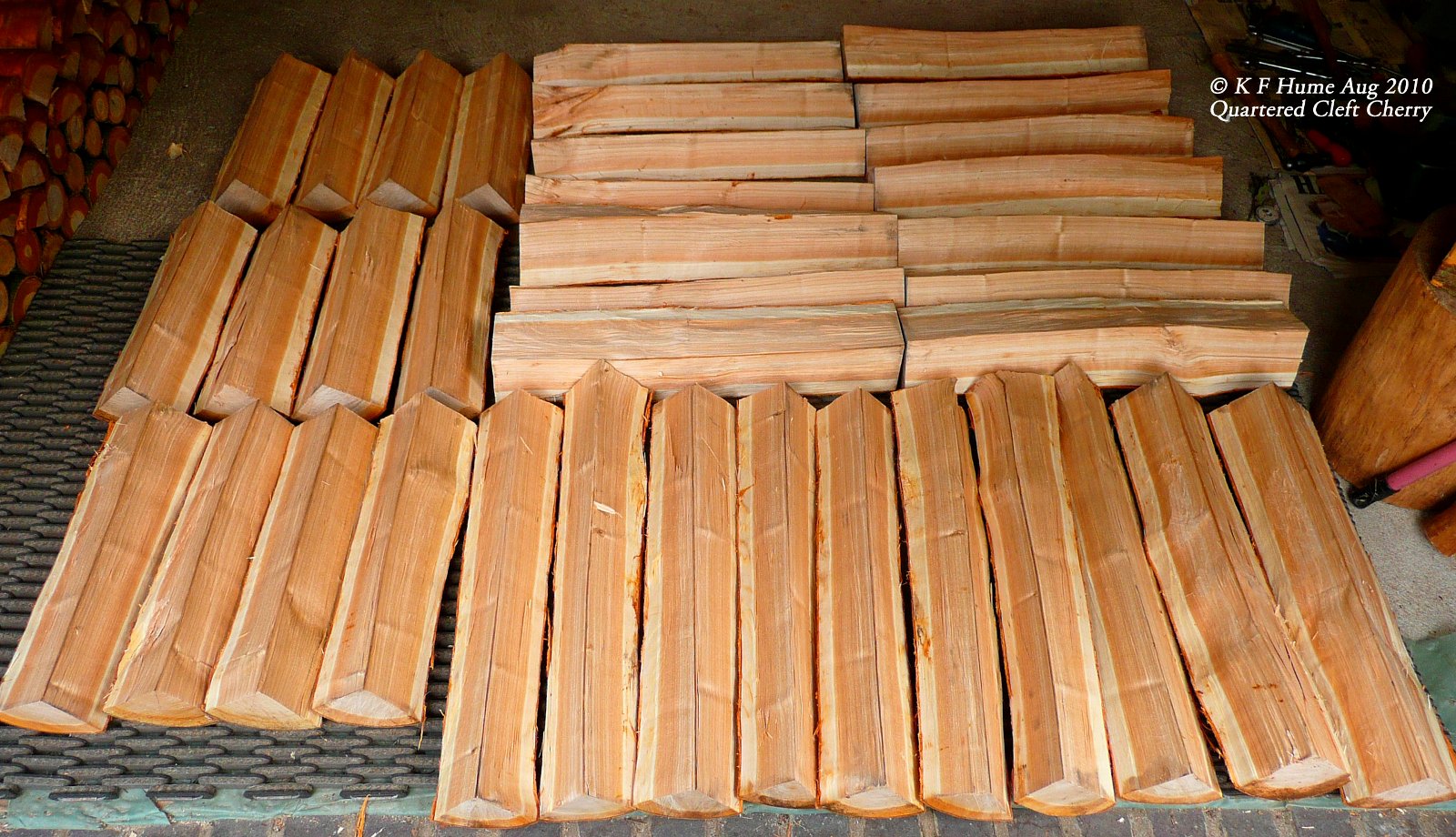Killingtime
Member
Hi there,
I'm after some advice on processing green wood for stair spindles.
I have a customer whose garden I maintain and they are having some good size cherry trees down. They know I turn and are interested in incorporating the wood into their house. As the trees are straight and fairly branch free, spindles came to mind.
I have a reasonable understanding of the process for green bowl work but I have done little in the way of green spindle making. I am assuming I take the cord of timber, cut the pith out and make a blank ready for rough turning.
What I want to know is do I rough it out while wet and then true up later or dry the blank fully? Could I expect it to flex so much that it would just become well sawn fire wood? Do I even want to be attempting doing this with cherry? Should I be doing some back pedalling?
The trees come down in 2 weeks time so i've got that long to work it out.
Any advice welcome
Tom
I'm after some advice on processing green wood for stair spindles.
I have a customer whose garden I maintain and they are having some good size cherry trees down. They know I turn and are interested in incorporating the wood into their house. As the trees are straight and fairly branch free, spindles came to mind.
I have a reasonable understanding of the process for green bowl work but I have done little in the way of green spindle making. I am assuming I take the cord of timber, cut the pith out and make a blank ready for rough turning.
What I want to know is do I rough it out while wet and then true up later or dry the blank fully? Could I expect it to flex so much that it would just become well sawn fire wood? Do I even want to be attempting doing this with cherry? Should I be doing some back pedalling?
The trees come down in 2 weeks time so i've got that long to work it out.
Any advice welcome
Tom





